Spoilers for Dragon Age: The Veilguard ahead.
Digging deeper into the story of Dragon Age: The Veilguard can reveal the ideas and themes BioWare layered into the game utilizing chess, such as how Rook and Solas reflect the strategic move of “castling” in the game’s narrative. As the fourth game in the series and a near-direct continuation to Dragon Age: Inquisition and its DLC, Dragon Age: The Veilguard significantly expands on the evolving lore and mystery behind the series so far, ranging from the mythos of ancient elven gods to the origins of the Blight itself. However, the game’s protagonist, Rook, is at its center, with players pitted against the infamous Dread Wolf Solas.
However, with a few recurring chess-related details, like Rook’s namesake or the decorative chess set in DA: The Veilguard‘s Lighthouse hub, it appears to become increasingly obvious that BioWare has threaded chess motifs throughout the game. From the roles key characters potentially embody within this chess framework to the leading role the player is forced to take as Rook throughout DA: The Veilguard, BioWare may have taken inspiration from the game of strategy to flesh out its own story. As a result, moves like castling showcase how Rook outmaneuvers Solas by the end of DA: The Veilguard within its storytelling.
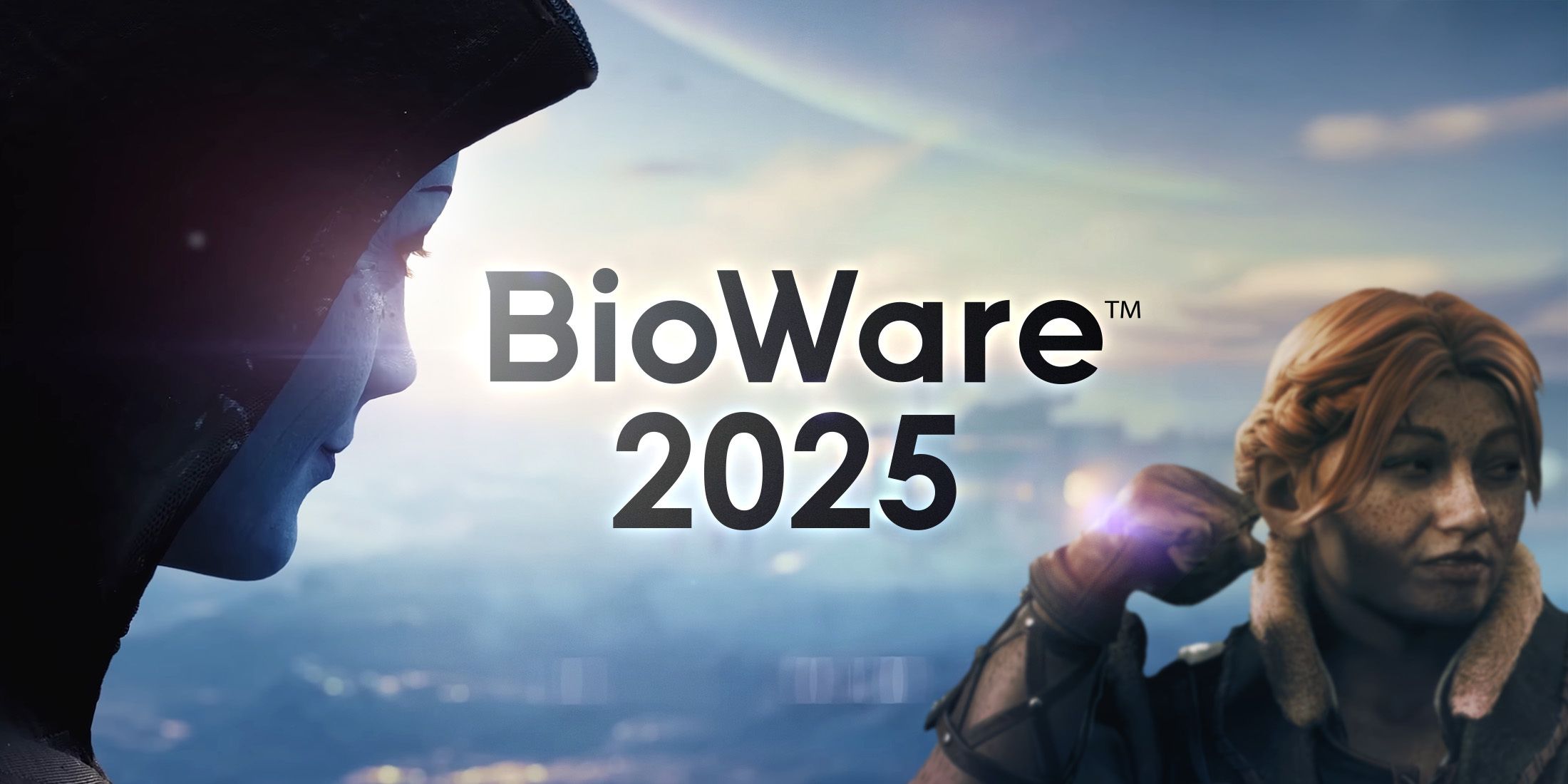
Related
What to Expect From Dragon Age, Mass Effect 5 Developer BioWare in 2025
2025 is set to be an interesting, if ultimately quiet year for Dragon Age: The Veilguard and Mass Effect 5 development studio BioWare.
Exploring Chess and Castling in Dragon Age: The Veilguard
Though DA: The Veilguard‘s chess-related details might appear surface-level, it seems BioWare has been intentional with certain characters, decorations, or other key information it included in the game. For instance, Rook’s chess set is an official version of the game known as hexagonal chess which, interestingly, includes nine pawns and nine pieces, meaning there is one for Rook and each DA: The Veilguard companion. However, beyond this, as a rook is considered a major piece alongside a queen, it is arguably unsurprising that DA: The Veilguard‘s protagonist is named as such given the influence of chess on its narrative.
This is where the move known as “castling” is crucial for Rook’s story in DA: The Veilguard, as the strategy behind this move is to remove the king to a safe position while developing the rook for the game. A vital plot point in DA: The Veilguard embodies this strategy, reflecting the inverted connection between Rook and Solas where Solas is “safe” in the Fade while Rook is continuing the Dread Wolf’s fight against Elgar’nan and Ghilan’nain. In short, DA: The Veilguard “castles” Rook and Solas early in the game to force Rook to take charge on Solas’ behalf while simultaneously helping him.
How Chess and Castling Influences Dragon Age: The Veilguard’s Storytelling
If players were to consider DA: The Veilguard as its own chess game, then the castling between Rook and Solas becomes critical to the game’s storytelling as it explains their roles. In addition to giving Rook a more active role in Solas’ fight against Elgar’nan and Ghilan’nain, who could be seen as the opposing side’s king and queen, it explains why Solas keeps to the game’s background until its final act. Similar to the king in chess itself, Solas only becomes a valuable ally during DA: The Veilguard‘s ending, even though Rook retains their active role while Solas is weaker and ultimately defeated as a result.
It could also be argued that in terms of castling DA: The Veilguard opts for the “queenside” move, given how Solas uses blood magic to interfere with Rook’s mind and keep them from remembering Varric’s death. Unlike the “kingside” option, queenside leaves the king more exposed in chess, which could be reflected in DA: The Veilguard where Solas is equally exposed by Rook realizing Solas has betrayed them, and how Solas underestimates Rook’s ability to escape the Fade. With the lengths BioWare appears to have gone to with these chess parallels, perhaps the studio is planning to continue these with Dragon Age‘s Executors in its next game.
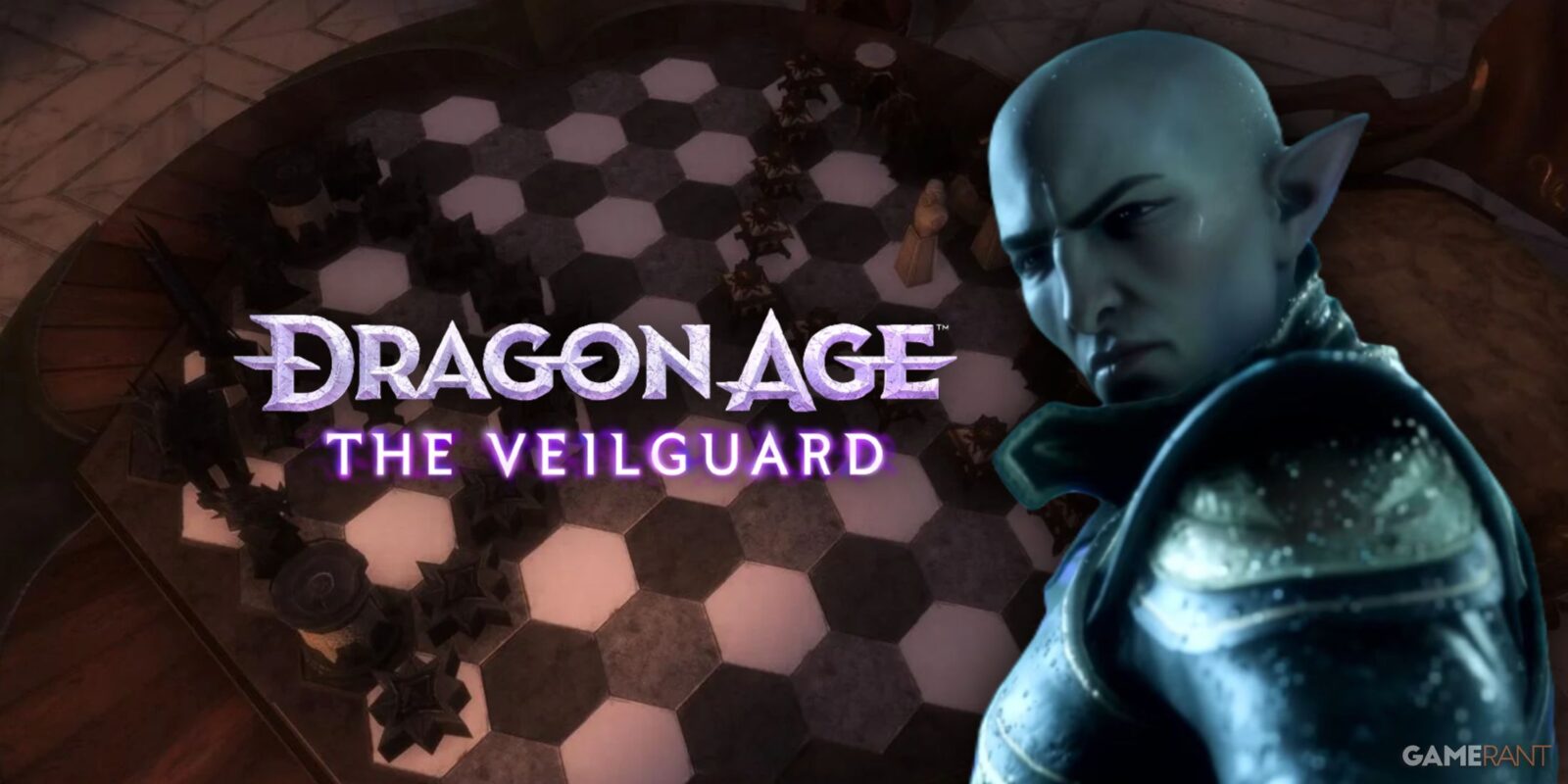

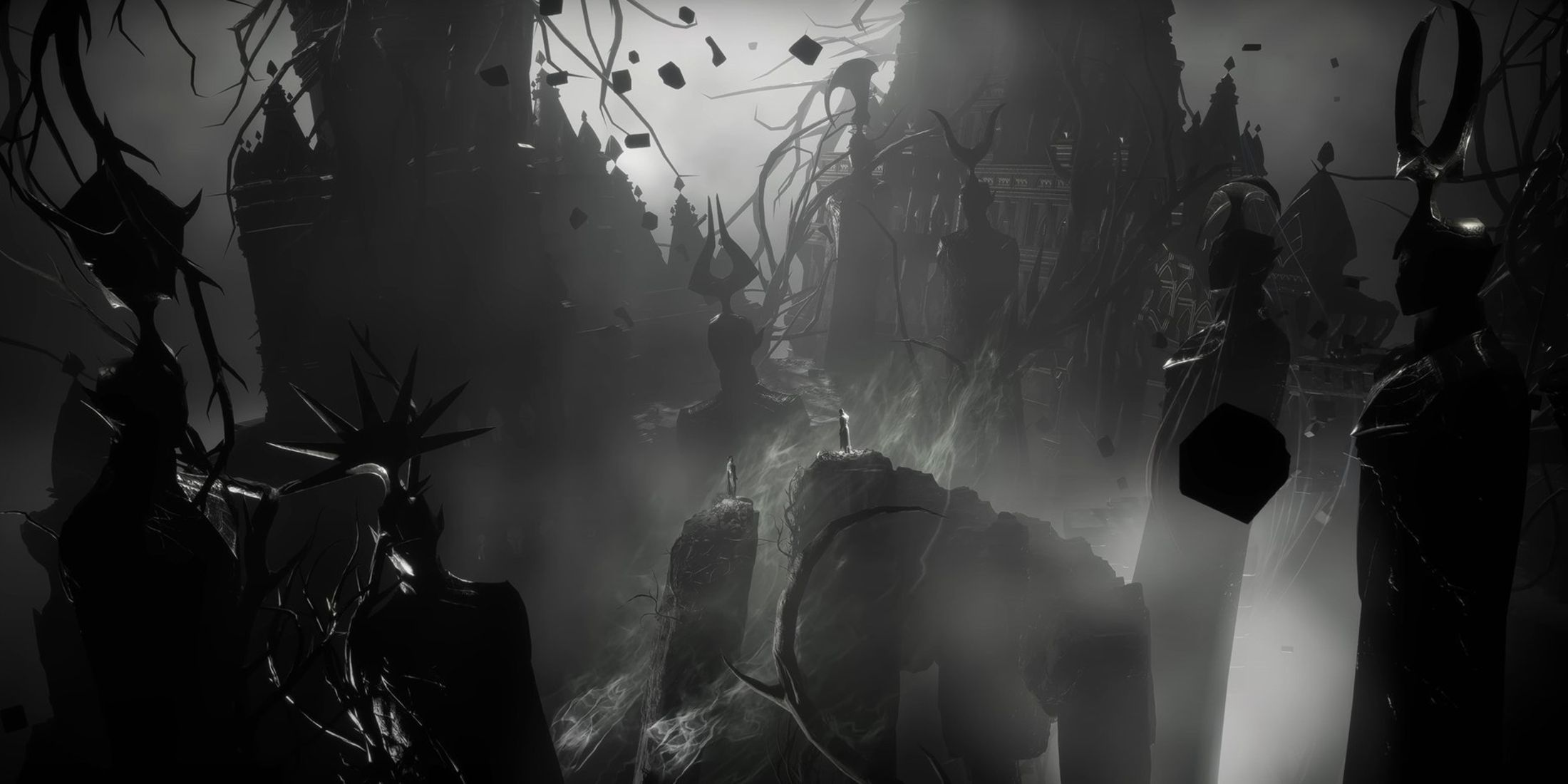

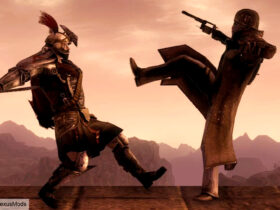
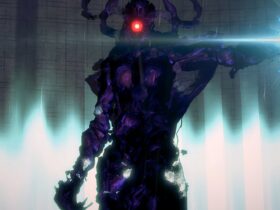
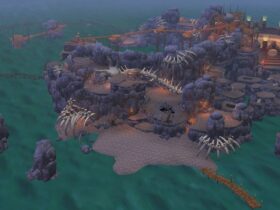

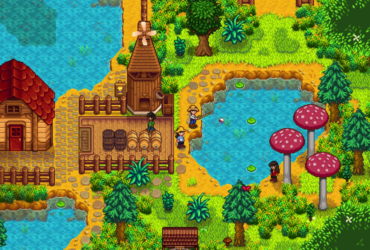

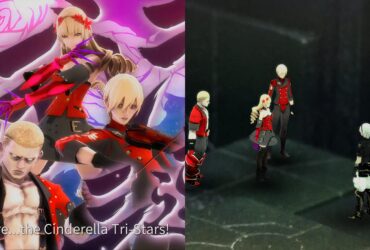
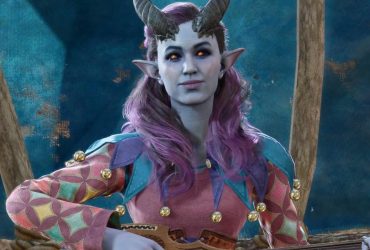
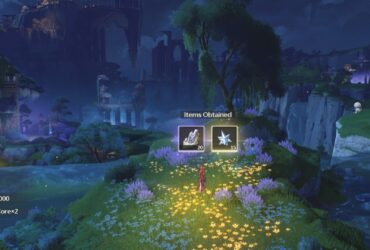
Leave a Reply